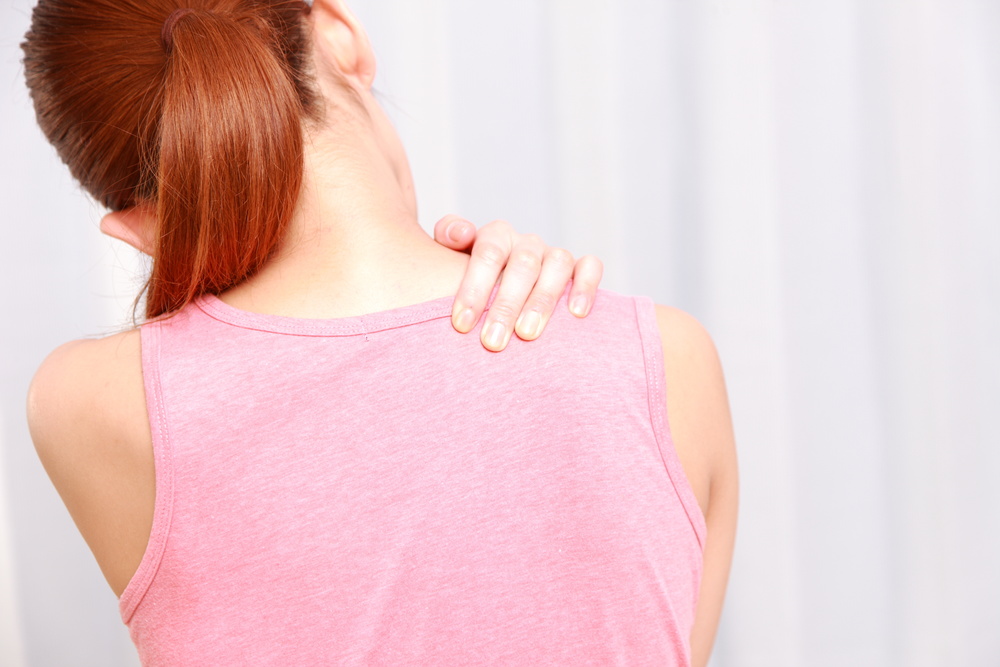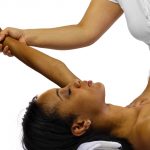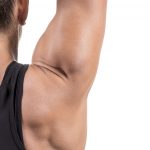Shoulder Pain Explained by Lindsay Young
About the Shoulder joints and Shoulder Pain
The shoulder is one of the most complicated joints in the human body. Surrounding the shoulder joint itself are several other joints that all interact with the shoulder joint including the cervical and thoracic spine, the shoulder blade, acromioclavicular joint and sternoclavicular joint (collar bone joints). Problems involving any one of these joints will often negatively influence the shoulder and vice versa.

While the shoulder boasts one of the greatest ranges of motion of any joint in the human body, this comes at a cost as it is prone to instability. The shoulders bone structure has the stability of a golf ball sitting on a golf tee (not a lot!). Overlying the bone is a layer of cartilage and then a soft structure called a labrum which increases the surface area of the joint. Surrounding the labrum is the joint fluid which is contained by the shoulder joint capsule. The shoulder joint capsule is then reinforced by ligaments. Overlying this is the rotator cuff, a group of four muscles which act as dynamic stabilisers and control the position of the shoulder during movement and under load. With so many layers it is easy to see how if one of these structures is damaged or underperforming the whole joint can be affected.
Diagnosis
Diagnosis of the cause of your shoulder pain is often a challenge and can be done by your – physiotherapist. The causes of shoulder pain include but are not limited to;
- Rotator cuff tendon pain/tears
- Rotator cuff muscle belly tears or trigger points
- Bursitis (inflammation of a small fluid-filled sack that acts as a cushion)
- Capsular instability/ligament pain
- Labral Tears
- Cartilage tear/wear
- Bone fractures and swelling
Shoulder rehab and treatment nearly always involves a period of rehab whereby the muscles and joints surround the shoulder are conditioned to better support the joint.
Lindsay Young
POGO Master







